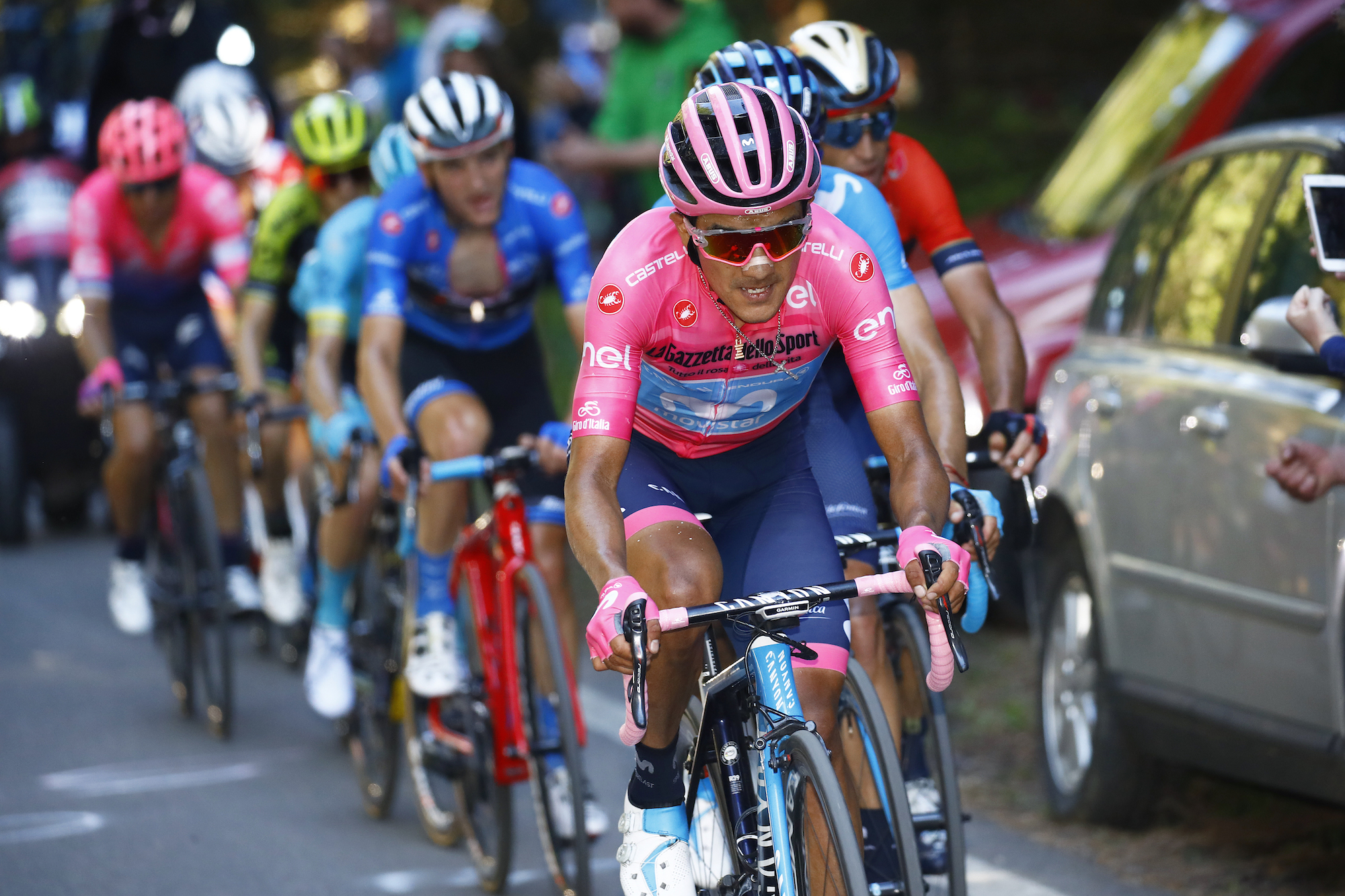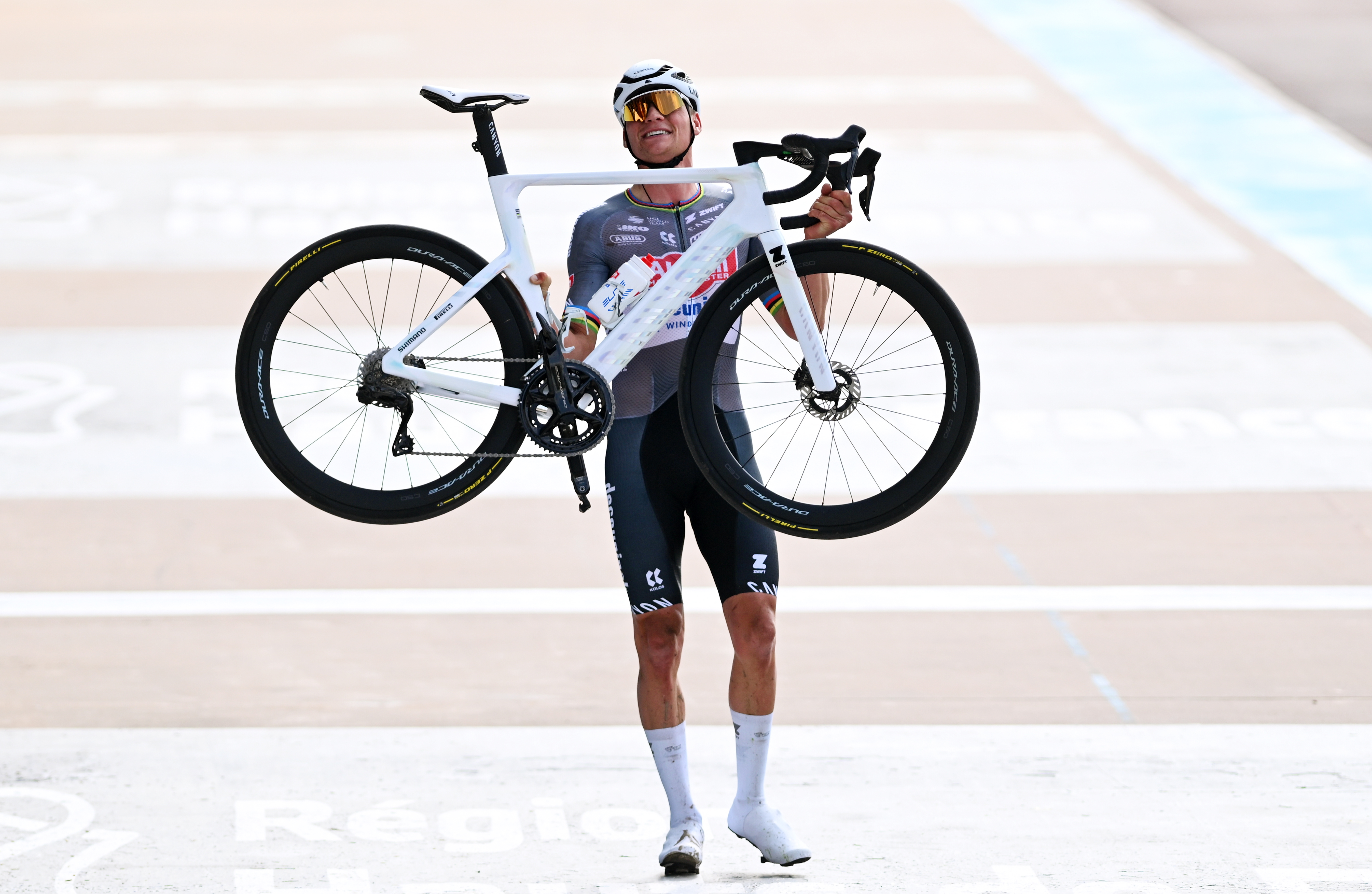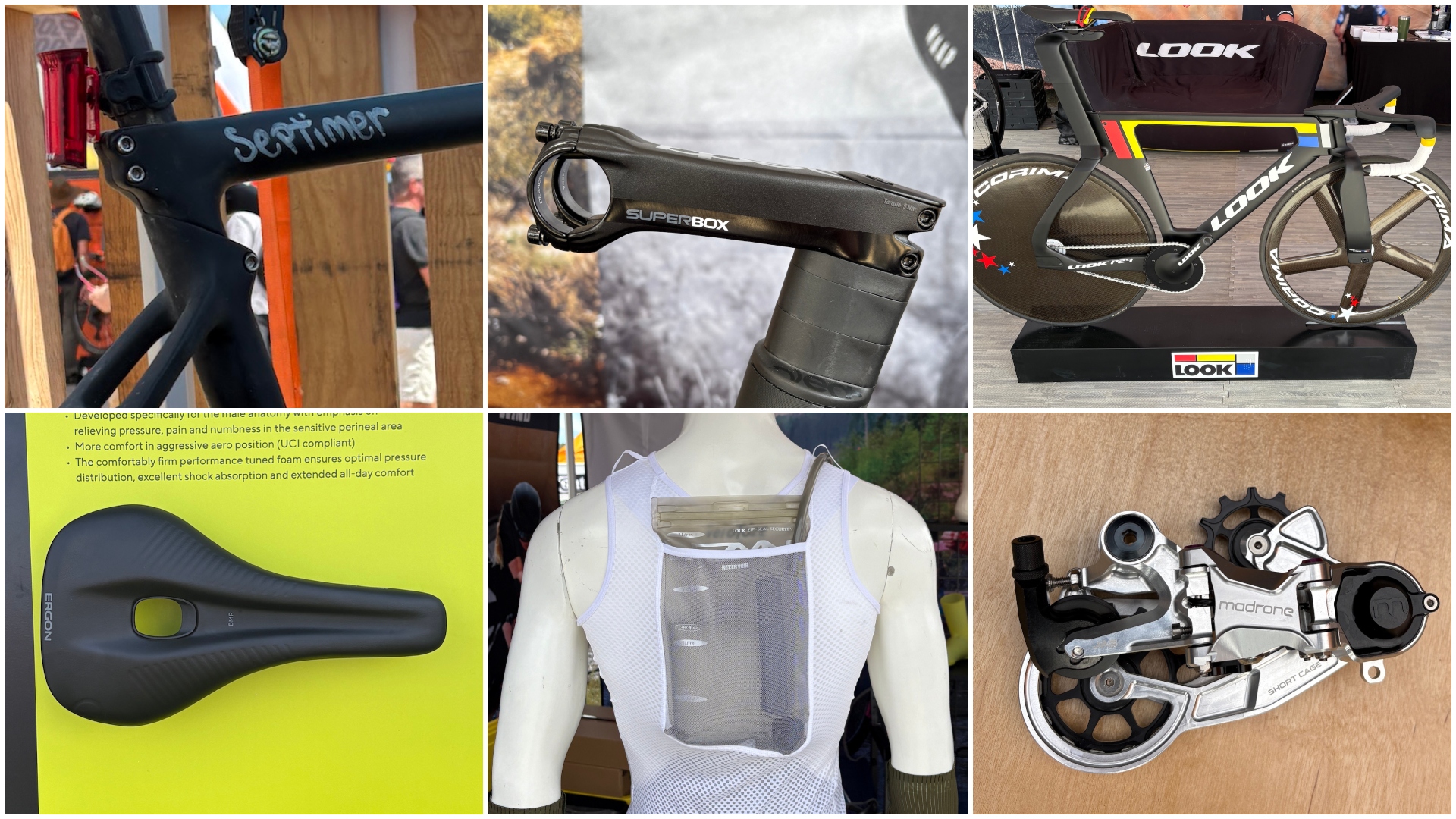Why the Giro d'Italia 2019 failed to deliver the dramatic spectacle it promised
Despite the best efforts of its Ecuadorian winner and a talented new generation, the 2019 Giro failed to rise to the level of recent editions

When contemplating adjectives that can be applied to the Giro d’Italia, terms such as thrilling, passionate and unpredictable usually spring to mind.
Yet, although the 2019 edition had some thrills, plenty of passion and didn’t follow the expected script, particularly with regard to the overall winner, it was an uncharacteristically plodding affair, a race of what-might-have-beens that failed to live up to the pre-event billing, which had been heightened when so many GC big-hitters opted to focus on the corsa rosa as their main target rather than the Tour de France.
Although the late withdrawal of Egan Bernal due to a collarbone break was a setback for the GC battle, the Colombian’s absence appeared to signal an even more frenetic race, given that Team Ineos were very unlikely to control the contest for the maglia rosa having opted to give Pavel Sivakov and Tao Geoghegan-Hart a first taste of leadership at a Grand Tour. However, even without a lock-down being imposed by the British team, the race failed to catch fire.
>>> ‘No one believed I could do it’: Richard Carapaz makes history with Giro d’Italia 2019 victory
Principally, this was down to race director Mauro Vegni’s choice of route. Rather than sticking with the traditional Giro template and forcing the GC contenders to centre stage early on with a summit finish that would establish an initial hierarchy, the route resembled so many Tours de France from the Jean-Marie Leblanc era – a short time trial to get the race under way, followed by a week when the sprinters and breakaway riders hogged the limelight while the overall contenders had to sit in the pack and attempt to stay out of trouble until a mid-race time trial.
The sprints were a mixed bag. Two were all but ruined by the inclusion of tight bends inside the final kilometre. The rest confirmed the arrival of a new generation of sprint contenders, as Pascal Ackermann and Caleb Ewan both claimed two victories. But on the GC side, the only significant moments occurred when key contenders ended up trouble, most notably when Tom Dumoulin sustained a knee injury that put him out of the race. These unfortunate moments apart, the favourites hardly featured, perhaps remembering how Simon Yates succumbed last year on the big climbs in the final week having raced with huge panache in the opening fortnight. As a spectacle, it made cricket’s five-day test matches look fast-paced.
Finally, on the third weekend, the GC contest took on a more engaging and unpredictable aspect when Richard Carapaz first cut his deficit on Primož Roglič and Vincenzo Nibali as the two favourites indulged in cat and mouse and then, at Courmayeur, edged into the maglia rosa when that pair once more got wrapped up in a staring competition with each other. Bearing in mind the Ecuadorian had finished fourth in last year’s race and was second to Chris Froome when the Briton carried off his solo raid to Bardonecchia, ushering the Movistar climber into the lead appeared a huge strategic misjudgement even before Roglič slipped out contention for the title on the three stages that followed.
Get The Leadout Newsletter
The latest race content, interviews, features, reviews and expert buying guides, direct to your inbox!
When Nibali realised his error, it was too late to rectify it. Carapaz, already the winner of two stages, had taken opportunities when he needed to and then responded valiantly to every attempt to dislodge him from the lead. He won’t be underestimated in the same way again.
While the Ecuadorian emerged as one of the Giro’s break-out performers, with Ackermann, Sivakov, Hugh Carthy, Valentin Madouas and the sensational king of the mountains Giulio Ciccone also standing out, the established GC stars were all below their best for one reason or another. As a consequence, the contest for the maglia rosa spluttered rather than sizzled, and ultimately disappointed.
The Tour may be the beneficiary of this. With Dumoulin and Bernal adding to the GC mix, and Nibali talking up his plans for an attempt on the polka dot mountains jersey, July’s contest looks particularly spicy. As for the Giro, it has not made its reputation by being a slow-burner. Vegni and his team need to approach next year’s route with this very much in mind.

Thank you for reading 20 articles this month* Join now for unlimited access
Enjoy your first month for just £1 / $1 / €1
*Read 5 free articles per month without a subscription

Join now for unlimited access
Try first month for just £1 / $1 / €1
Peter Cossins has been writing about professional cycling since 1993, with his reporting appearing in numerous publications and websites including Cycling Weekly, Cycle Sport and Procycling - which he edited from 2006 to 2009. Peter is the author of several books on cycling - The Monuments, his history of cycling's five greatest one-day Classic races, was published in 2014, followed in 2015 by Alpe d’Huez, an appraisal of cycling’s greatest climb. Yellow Jersey - his celebration of the iconic Tour de France winner's jersey won the 2020 Telegraph Sports Book Awards Cycling Book of the Year Award.
-
 Mathieu van der Poel secures Paris-Roubaix hat-trick after epic duel with Tadej Pogačar
Mathieu van der Poel secures Paris-Roubaix hat-trick after epic duel with Tadej PogačarDutchman takes his third win in a row after Pogačar crashes on the cobbles, while Mads Pedersen finishes third
By Peter Cossins Published
-
 The Sea Otter Classic: sights and sounds from the biggest bike gathering in North America - Part 1
The Sea Otter Classic: sights and sounds from the biggest bike gathering in North America - Part 1Odds and ends that run the gamut, from a $13,000 frameset to armoured kit and new hydro-vests
By Tyler Boucher Published